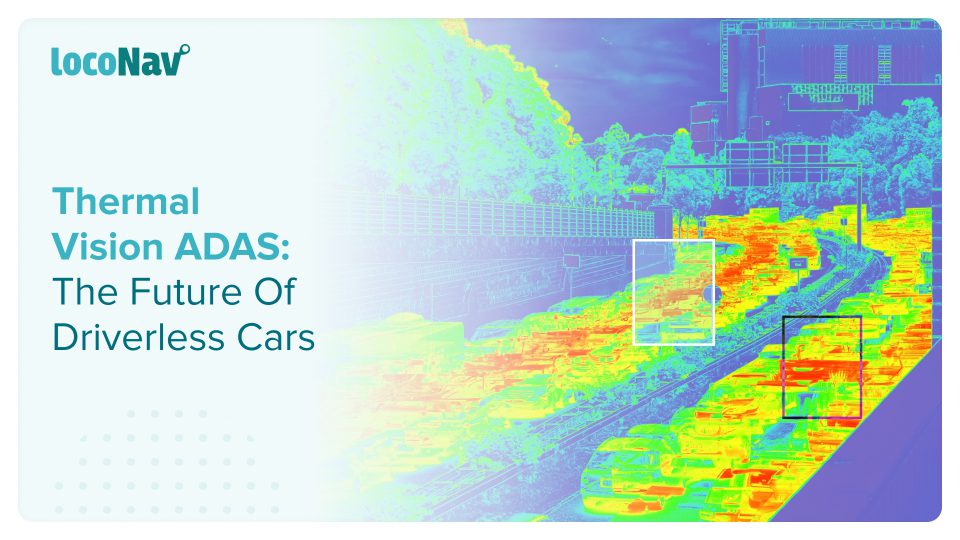

The idea of autonomous cars has progressed over time. Cars that drive themselves are no longer science fiction. Self-driving automobiles are being discussed in terms of practicality rather than theory in 2020. High-end automobiles already feature some degree of automation. And, in the not-too-distant future, complete vehicle automation will be a reality.
The most common imaging equipment on the road for ADAS and driverless vehicles is a simple video camera. Of course, even non-autonomous vehicles use cameras to help with backing up, parking, lane drift warnings, and showing the driver potential blind areas. Although cameras function well for a driver behind the wheel, they frequently do not provide the complete and vital view for an ADAS or completely autonomous car.
This is where Thermal Imaging emerges as the hero technology. In this blog, we will discuss Thermal Vision ADAS and how it is going to be the future of autonomous driving.
Advanced Video Telematics Solutions at Ridiculously Accessible Prices!
What is Thermal Imaging Technology?
Thermal imaging, commonly known as thermography, is a technique that uses IR technology to make images of objects and people based on the heat emitted by them. Any thing or being with a temperature over absolute zero produces infrared radiation to varying degrees, which a thermal vision ADAS camera can detect. The more IR radiation there is, the higher the temperature.
However, an autonomous car is a machine that must be shown each and every object and driving operations must be strictly regulated by a computer system. Everything is picked up by a thermal vision ADAS camera, and that data may be supplied into the car’s control system, evaluated, and used to safely put the vehicle through its paces.
Key Advantages Of Thermal Vision ADAS
- Thermal adds the dimension of heat, which can help machine learning algorithms recognise and classify items like vehicles, people, and animals.
- It is unaffected by most common fog conditions, darkness, direct sunlight, or reflected glare.
- Thermal sensors, which are completely passive, are becoming an essential component due to their high point cloud densities and ability to visualise living things with high contrast under all lighting situations.
- Even at lower levels of driver assistance, thermal sensors provide a distinct advantage.
- A thermal vision ADAS camera can be designed to categorise a person at distances of more than 200 metres, up to four times farther than spotlights can generally see.
Future of Thermal Vision ADAS Technology
It can be difficult to pinpoint exactly where technology stands today in the race to level 5 autonomous driving. Whether you believe the hype or not, new driver-aid systems are becoming more common in consumer vehicles with each model year. As technology advances, there will be exciting chances for organisations with technical expertise to gain a competitive advantage in the race to level five. Thermal vision ADAS camera technology could provide that much-needed advantage.
FAQ
What factors influence the effectiveness of thermal imaging ADAS?
The temperature measured by a thermal camera can be affected by reflected heat. If a surrounding heat source (such as the thermographer) was reflecting off the surface, an object could be chilly to the touch yet indicate a significantly greater temperature to your camera.
Are thermal imaging and infrared vision the same?
Active infrared systems illuminate an area of interest with short-wavelength infrared light. Some of the IR energy is reflected back to a camera, where it is interpreted to create an image. Thermal imaging systems employ mid to long-wavelength infrared light. Thermal imagers are passive devices that detect variations in heat.
At what ADAS level is thermal imaging used?
Thermal Imaging comes into play around ADAS level 3 and over.
